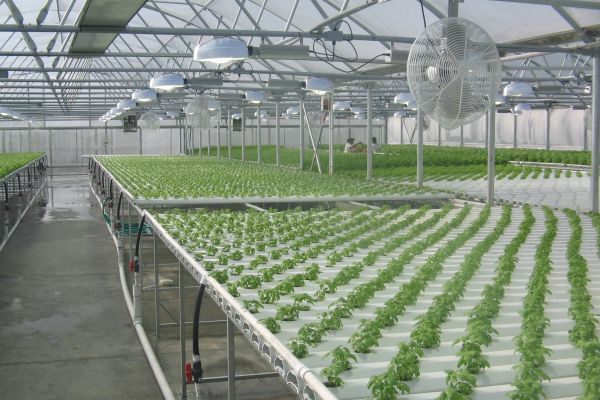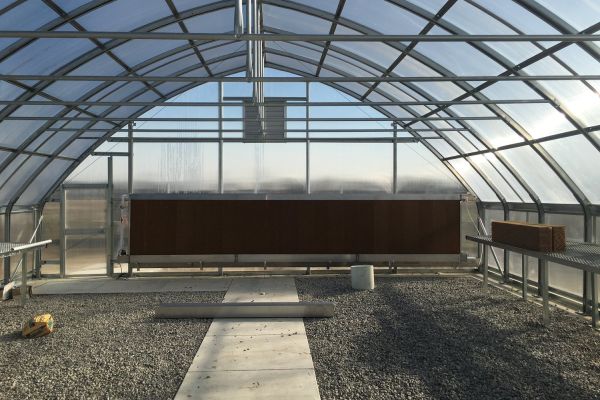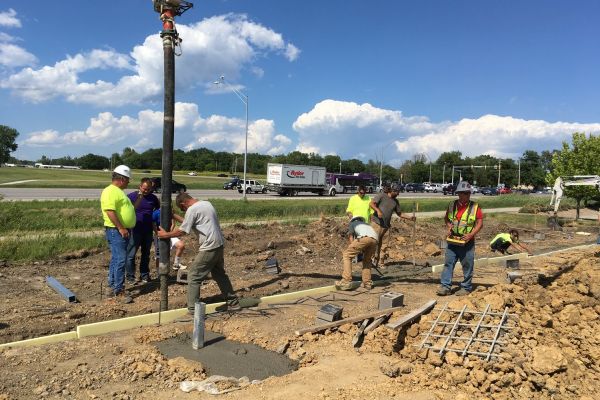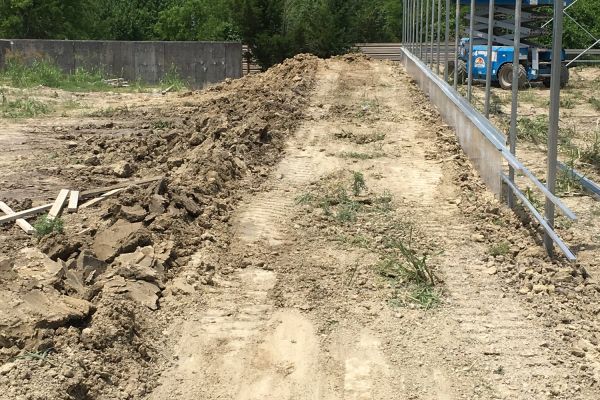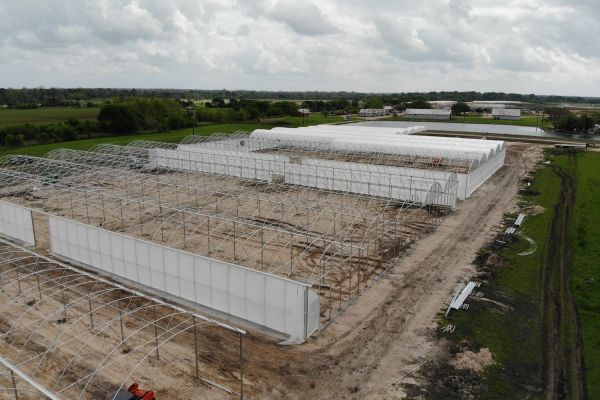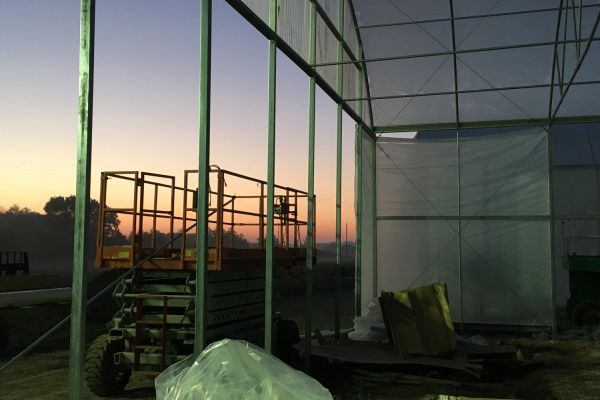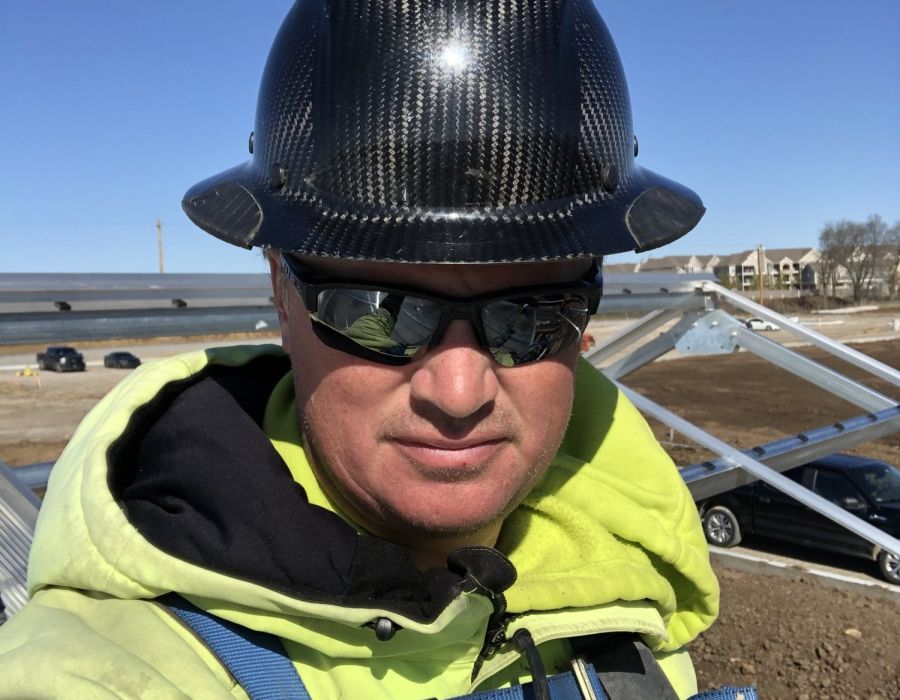
Top Safety Tips for Construction Sites
Construction sites are dynamic environments where various hazards can pose risks to workers’ safety. Prioritizing safety is paramount to prevent accidents, injuries, and ensure smooth project progress. In this blog, we’ll explore essential safety tips that construction workers and site managers should follow to maintain a safe working environment.
1. Conduct Regular Safety Training
Safety training is the cornerstone of accident prevention on construction sites. Ensure all workers, including subcontractors and new hires, receive comprehensive training on:
-
Hazard Recognition: Educate workers about common hazards on construction sites, such as falls, electrical hazards, and machinery accidents.
-
Proper Equipment Use: Train workers on the correct operation of tools, machinery, and personal protective equipment (PPE).
-
Emergency Procedures: Familiarize workers with emergency protocols, including evacuation routes, first aid procedures, and reporting incidents.
2. Use Personal Protective Equipment (PPE)
Personal protective equipment plays a crucial role in minimizing injuries from workplace hazards. Ensure all workers wear appropriate PPE, including:
-
Hard Hats: Protects against head injuries from falling objects or debris.
-
Safety Glasses: Shields eyes from dust, debris, and flying particles generated during tasks like cutting or grinding.
-
High-Visibility Clothing: Enhances visibility to prevent collisions and accidents, especially in low-light conditions.
-
Gloves and Boots: Provides protection against cuts, burns, and punctures while handling materials and operating machinery.
3. Implement Fall Prevention Measures
Falls are among the most common causes of injuries and fatalities on construction sites. Implement stringent fall prevention strategies, such as:
-
Guardrails and Toe Boards: Install guardrails and toe boards on elevated platforms, scaffolding, and open edges to prevent falls.
-
Safety Harnesses and Lifelines: Require workers to wear harnesses and connect to lifelines when working at heights or on rooftops.
-
Regular Inspections: Conduct regular inspections of scaffolding, ladders, and elevated work platforms to ensure they are secure and meet safety standards.
4. Ensure Proper Equipment Maintenance
Regular maintenance and inspections of tools, machinery, and equipment are essential for preventing malfunctions and accidents:
-
Scheduled Inspections: Implement a schedule for inspecting and maintaining equipment to detect and address issues promptly.
-
Repair or Replace Defective Equipment: Immediately repair or replace faulty equipment to prevent potential hazards and ensure safe operation.
-
Operator Training: Ensure operators are trained and competent in using equipment safely and following manufacturer guidelines.
5. Promote Clear Communication and Signage
Clear communication is vital to ensure everyone on the construction site understands safety protocols and potential hazards:
-
Signage: Use signs and labels to indicate hazards, safety zones, emergency exits, and restricted areas.
-
Toolbox Talks: Conduct regular safety meetings or toolbox talks to discuss safety concerns, reinforce best practices, and address any issues raised by workers.
-
Communication Channels: Establish effective communication channels between workers, supervisors, and management to report hazards or safety concerns promptly.
Conclusion
Safety is a collective responsibility on construction sites, requiring proactive measures, training, and adherence to protocols. By prioritizing safety through comprehensive training, proper use of PPE, fall prevention strategies, equipment maintenance, and clear communication, construction stakeholders can create a safer environment for everyone involved. Remember, a safe construction site is not just about compliance—it’s about protecting lives and promoting a culture of safety.
Implement these safety tips on your construction site to ensure every worker returns home safely at the end of the day. Stay tuned for more insights on construction practices and industry trends.
Most Popular Greenhouse Articles
